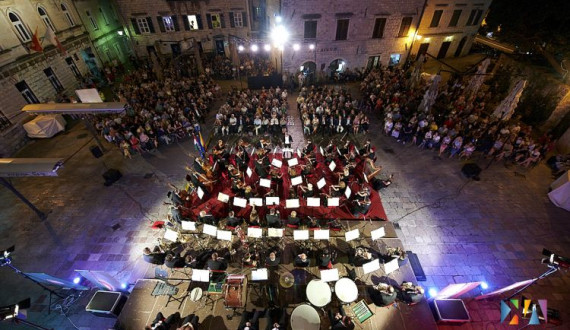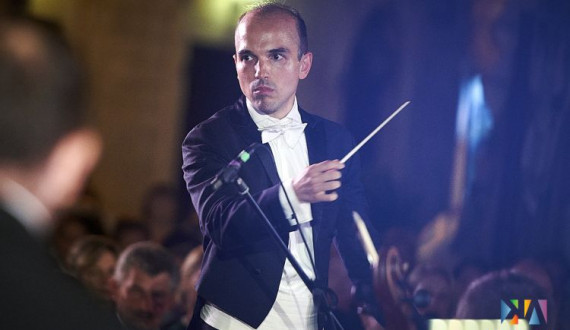Hungarian Art at KotorArt
Starting with this year's opening and with the anticipation of performances by major international artists such as Roman Simović and Yuja Wang, the appearance of the Óbuda Danubia Orchestra was certainly the highlight of Don Branko's Music Days. Although personal experience and impression are crucial for each individual, with the concert on Sunday, July 21 at the Square of the St. Tryphon Cathedral, the ensemble, objectively, showed a high level of professionalism, as proof that a dedication to art and a devotion to performance is a sure path to success.

This music event was, as well, of ceremonial character, as it was realized in cooperation with the Hungarian Embassy in Montenegro, which during summer organizes the Weeks of Hungarian Culture. In addition to Hungarian authors – Franz Liszt, Béla Bartók, Ferenc Erkel and Zoltán Kodály, or rather, before them, the Orchestra performed the piece by Montenegrin composer Nina Perović, which made this composer the most performed national author on KotorArt. Titled Gousle, the piece was awarded at the Prague-Vienna-Budapest International Summer Academy in 2011. Following contemporary creative tendencies, the composer kept her poetic approach within acoustic music. The gousle, simulated explicitly in the cello part, and then occasionally in other, higher string instruments, can in this case also be understood at the level of expanding the symbol of Montenegrin folk tradition in a broader metaphor – the Montenegrin cultural identity.

